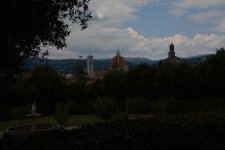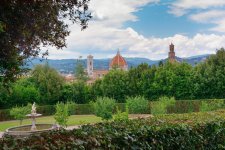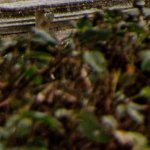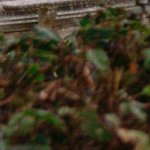I'm one of those who are not particularly keen on some strong unnaturally looking HDR effects (though I can accept them if done for striking artistic effect). I have tried doing HDRs in the past without understanding the technique and got horrible results.
During my last trip to Italy I have attempted creating a few HDR pictures where the tonal range was simply too wide for my D7100 sensor. This time, when processing them in Phtoshop/Nik plugins I tried to make them look as natural as possible. Here are a few examples.
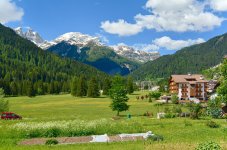
In the first picture the snow on top of the mountains was burned in a single exposure, so I tried to keep then in check in this HDR. In the hindsight, I probably should have kept the shadows a bit darker, as they give the HDR away.
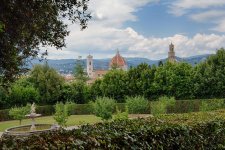
The bright clouds and the dark foreground created too much contrast, so I had to compress it. I tried to avoid extracting too many details and keep the picture natural.
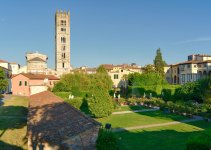
In this late evening photo the shadows at the bottom were very dark in a single exposure. I tried to keep them darkish, but with details visible.

This, hopefully, looks like a single exposure. The only thing that didn't fit here was the stained glass window, which was burned, so I combined thee exposures, again trying to keep the interior of the church looking like a single exposure.
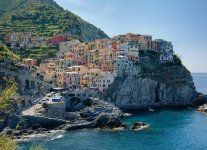
The last one is probably the most obvious one. It was taken against the sun and the tonal range was huge. I wonder what you thing about this attempt.
During my last trip to Italy I have attempted creating a few HDR pictures where the tonal range was simply too wide for my D7100 sensor. This time, when processing them in Phtoshop/Nik plugins I tried to make them look as natural as possible. Here are a few examples.

In the first picture the snow on top of the mountains was burned in a single exposure, so I tried to keep then in check in this HDR. In the hindsight, I probably should have kept the shadows a bit darker, as they give the HDR away.

The bright clouds and the dark foreground created too much contrast, so I had to compress it. I tried to avoid extracting too many details and keep the picture natural.

In this late evening photo the shadows at the bottom were very dark in a single exposure. I tried to keep them darkish, but with details visible.

This, hopefully, looks like a single exposure. The only thing that didn't fit here was the stained glass window, which was burned, so I combined thee exposures, again trying to keep the interior of the church looking like a single exposure.

The last one is probably the most obvious one. It was taken against the sun and the tonal range was huge. I wonder what you thing about this attempt.

